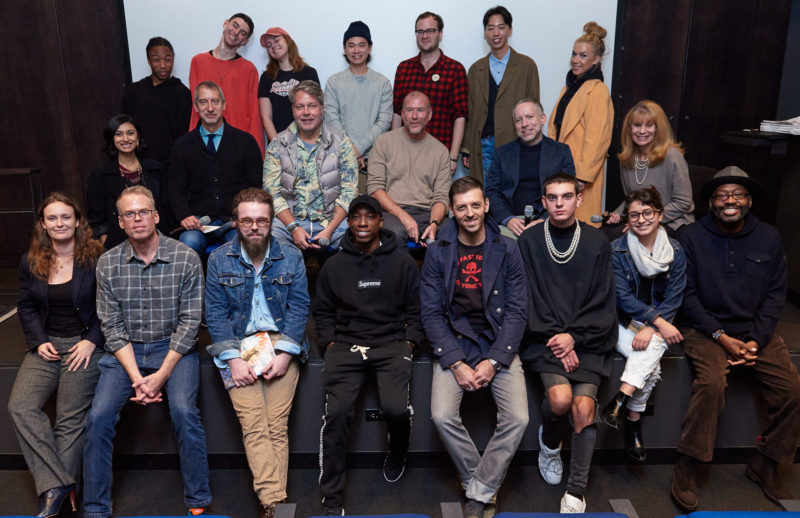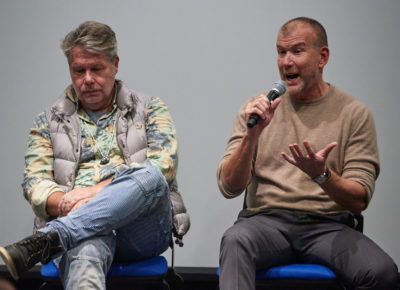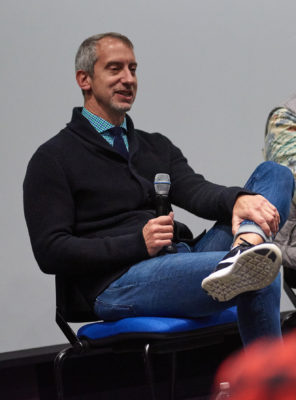
Trends are dead in menswear. Or at least they’re not called that any more.
“We stopped calling it a ‘trend report.’ We started calling it a ‘style report,’” said Kevin Harter, former vice president of fashion direction at Bloomingdale’s. (He’s now group vice president for integrated marketing.) Whatever they’re called, developments in menswear sparked plenty of discussion in a lively roundtable of four top industry experts organized by FIT’s Menswear Department November 7.

One major change, explained Tim Bess, a men’s fashion analyst from the Doneger Group, is where trends come from. “In the olden days, [spotting trends] was easy; you went to Europe.” Today they start anywhere and everywhere, all at once—blogs, Instagram posts, the subway. Bess consults with major fashion brands for Doneger. He said, “I try to be early, but you can be too early.” The slouchy fits that are starting to appear in the market now, for example, aren’t right yet for the companies he advises. “You also have to know when not to do a trend.”
The president of the menswear store Rothmans, Ken Giddon, agreed. He knows precisely who his customer is: “It took a decade for the average guy in New York to get into skinny jeans,” and they’re not ready for baggy silhouettes yet, he said. “Pleats are big in Europe—but not for my guy.” What is doing well at Rothmans, he says, are eco-friendly brands: Save the Duck puffer jackets substitute synthetic fibers for down, and Fair Harbor swimwear is made of recycled water bottles.

One trend has been overhyped, Harter insisted. “The media is saying that retail is dead. It’s not true.” Streetwear and fleece are huge, he said. Sneaker “drops” have a cult-like following, with customers lining up long before opening hours and at least one collection selling out in 15 minutes. Certain fashion styles had strong showings, he added. For example, last year, “We did [over $1 million] in camouflage.”
“Camo is for men what leopard is for women,” said Michael Macko, a menswear consultant and former fashion director of Saks Fifth Avenue. Men, he said, relate to trends differently than women. They seldom want something wholly new, but it’s possible to interest them in variations of pieces they already wear: “They’ll say, ‘I understand camouflage, but I don’t have it in gray.’” He also cautioned against abandoning trends before they peak.
The audience was made up of aspiring menswear designers and a few students interested in business. The editor in chief of the trade publication MR Magazine, Karen Alberg Grossman, moderated. One student wanted to know how to tell when a trend is dying. Bess said, “When it’s on the markdown rack.”
This roundtable was part of a series of talks organized by FIT’s Menswear Department in collaboration with MR Magazine. More events will follow in 2018.
